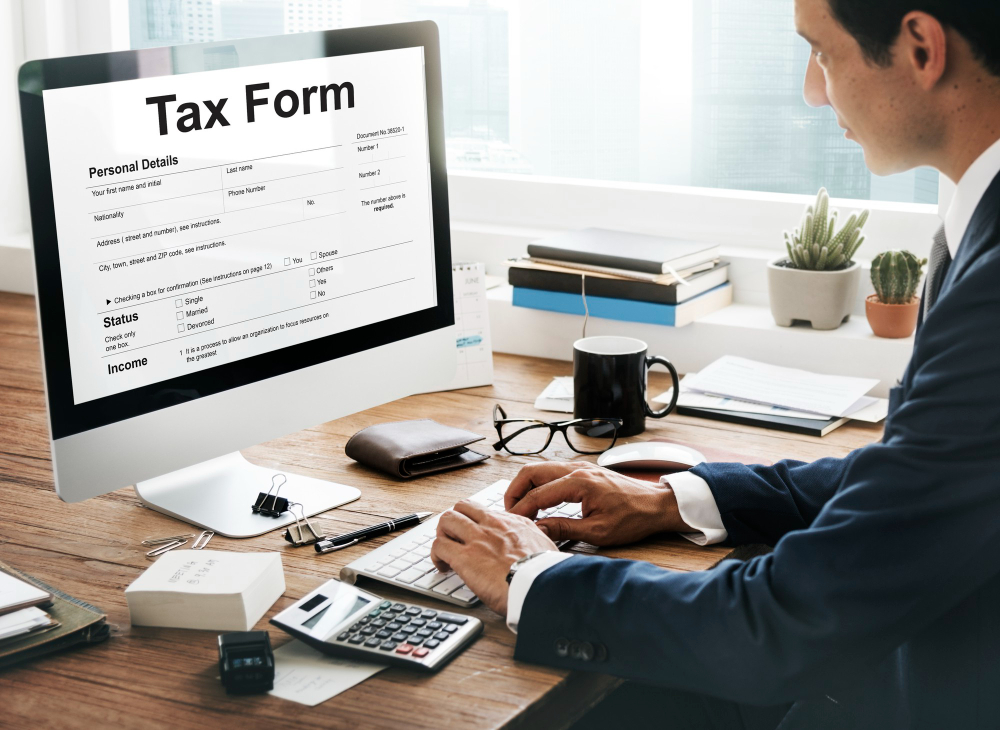
Tax season can be a stressful time for many, especially when it comes to navigating the myriad of forms required to accurately report your income and deductions. Whether you’re an individual taxpayer, a business owner, or a freelancer, knowing which tax forms to use and when can streamline the process and help you avoid costly mistakes. This guide breaks down the key tax forms you need to consider throughout the year, detailing when and how to use them effectively.
Understanding the Basics of Tax Forms
Before diving into the seasonal specifics, it’s important to understand the basic categories of tax forms. Here’s a quick overview:
– Form 1040: The standard federal income tax form used by individuals to report their income.
– Form W-2: Provided by employers, this form reports wages paid to employees and the taxes withheld.
– Form 1099: Used to report various types of income received other than wages, salaries, and tips.
– Form W-4: Used by employees to inform their employer of their tax situation and ensure correct tax withholding.
– Form 1040-ES: Used by those who need to pay estimated taxes throughout the year.
Understanding these forms is crucial to staying organized and compliant with IRS regulations.
Spring: Preparing for Tax Day
As the tax deadline approaches on April 15th, the focus shifts to completing and filing tax returns accurately and on time. Here’s what you need to consider:
Key Tax Forms
– Form 1040: This is the primary form used by most individuals to file their federal income tax returns. Ensure you have all necessary information, such as your Social Security number, income details, and deductions or credits.
– Schedule A: For those who itemize deductions instead of taking the standard deduction, this form is essential. It covers deductions like mortgage interest, state and local taxes, and charitable contributions.
– Form 4868: If you need more time to file, use this form to request a six-month extension. Note that it doesn’t extend the time to pay any taxes owed.
How to Use
– Gather Documents Early: Collect all necessary documents, including W-2s, 1099s, and receipts for deductible expenses, as soon as possible to ensure a smooth filing process.
– Consider E-Filing: Using tax software or a professional tax preparer can make filing easier and help minimize errors.
– Verify Information: Double-check all information for accuracy to avoid potential audits or penalties.
Summer: Mid-Year Tax Planning
Summer is the perfect time to review your financial situation and make any necessary adjustments to your tax strategy.
Key Tax Forms
– Form W-4: If you’ve experienced significant life changes, such as marriage, divorce, or having a child, you might need to adjust your withholding by submitting a new W-4 to your employer.
– Form 1040-ES: For those who are self-employed or have significant non-wage income, summer is a good time to review your estimated tax payments.
How to Use
– Review Withholding: Use the IRS withholding calculator to determine if you’re withholding the right amount of tax. Adjust your W-4 if needed.
– Estimate Payments: For freelancers or business owners, calculate your expected income and expenses to ensure you’re on track with estimated tax payments.
Fall: Year-End Preparations
As the year winds down, it’s time to focus on maximizing deductions and credits.
Key Tax Forms
– Form 1099-MISC: Ensure you report all miscellaneous income. If you paid contractors, make sure you file these forms with the IRS and provide copies to the contractors.
– Schedule C: For sole proprietors, this form reports profit or loss from a business.
How to Use
– Organize Records: Begin organizing receipts and records for deductions and credits. This can include education expenses, medical costs, and charitable donations.
– Plan Investments: Consider tax-loss harvesting or other strategies to minimize capital gains taxes.
Winter: Finalizing Your Tax Return
As you prepare to file your return, ensure you have all final forms and documentation ready.
Key Tax Forms
– Form W-2 and 1099s: Ensure you have all forms that report your income. Employers and clients must send these forms by January 31.
– Form 1098: This form reports mortgage interest paid, which can be a significant deduction for many taxpayers.
How to Use?
– Verify Income: Compare W-2 and 1099 forms against your records to ensure accuracy.
– Check Deductions: Finalize your list of deductions and ensure you have documentation for each.
Conclusion
Navigating tax forms throughout the year doesn’t have to be daunting. By understanding which forms are relevant during each season and how to use them effectively, you can reduce stress and optimize your tax situation. Remember, staying organized and proactive with your tax planning can lead to significant savings and peace of mind.
For personalized advice, consider consulting with a tax professional who can provide guidance tailored to your specific situation.
